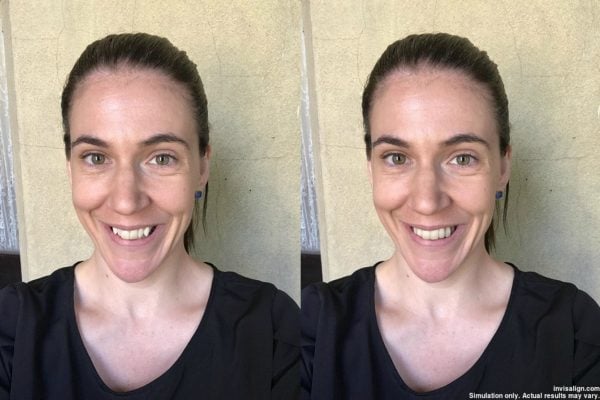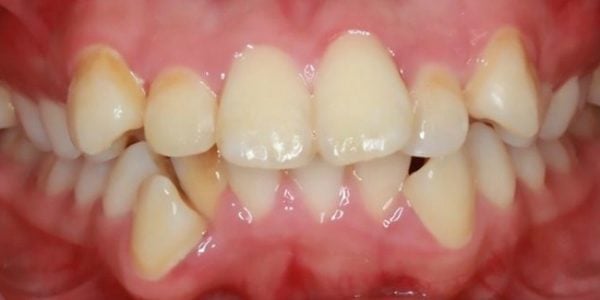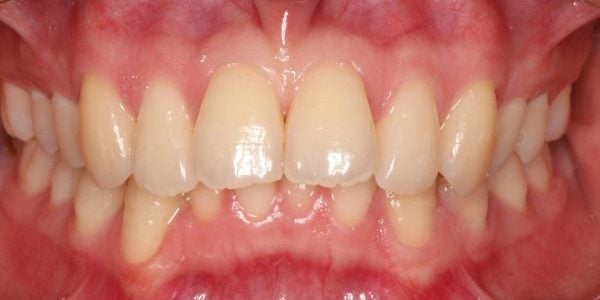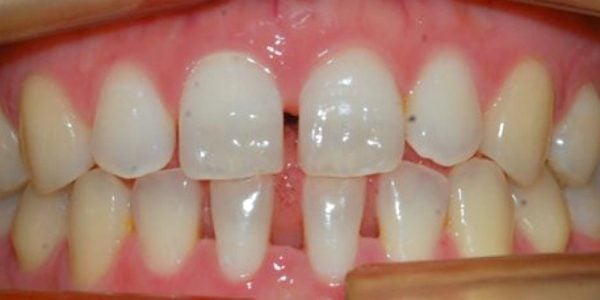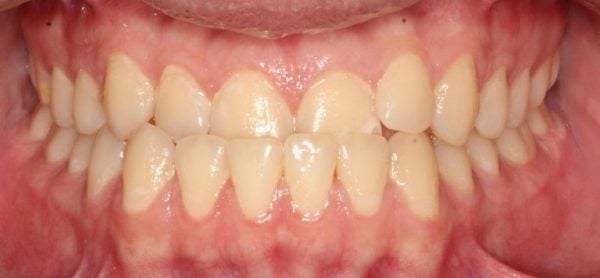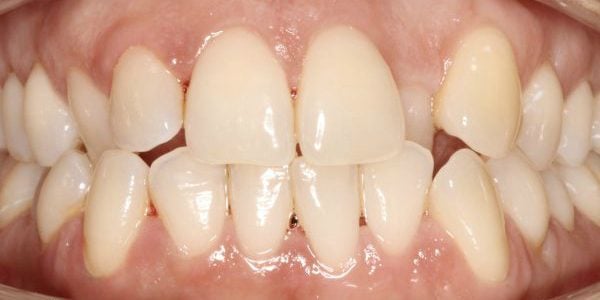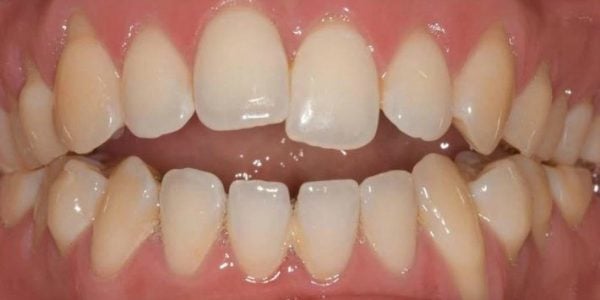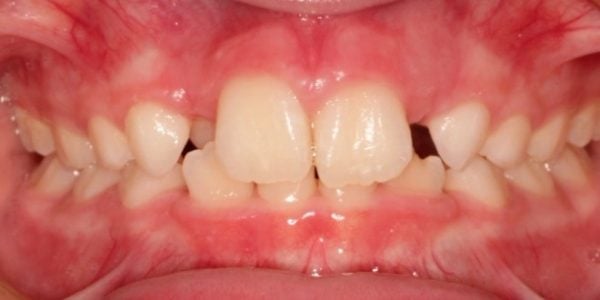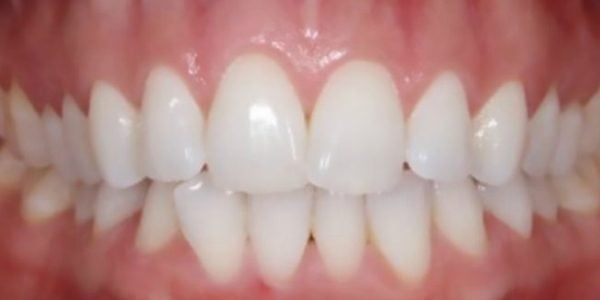

Back in the ‘olden days’ as my girls call it, when I was a teen (FYI it was the ’90s) my mum gave me the option of getting braces.
I, thanks to mum, have an overbite and a pretty crowded mouth, which means there are a few teeth being pushed out a bit further than they are meant to, including what I like to call my ‘Dracula fangs’ at the front.
At the time I said no because braces meant the obvious silver metal train tracks that seemed to be stuck on people’s teeth ‘forever’ and appeared to be the source of great annoyance (food regularly getting stuck), inconvenience (frequent orthodontic checks) and…pain. So, I decided that I preferred my fangs.
But now thanks to different technology, teeth straightening isn’t just restricted to braces. There’s Invisalign treatment, which involves clear plastic removable orthodontic aligners that gently move teeth, and are prescribed by Invisalign-trained orthodontists and dentists. It’s not nearly as daunting as what many of my friends with braces went through.
Knowing this, and also what I do about how teeth (to some extent) can be shaped by our parent’s oral DNA, I am currently carefully monitoring my own daughter’s teeth to see if they might follow in my vampire-esque footsteps.
In the meantime, I can preview what my own smile could look like, fang-free. Invisalign SmileView Technology is a simulation tool that lets you view within 60 seconds what your teeth could look like with straighter teeth. I tried it below:

